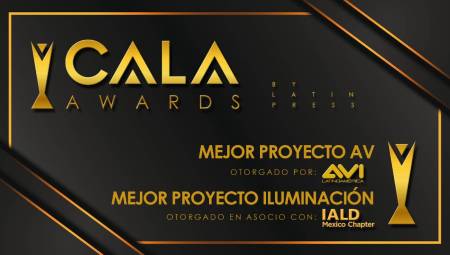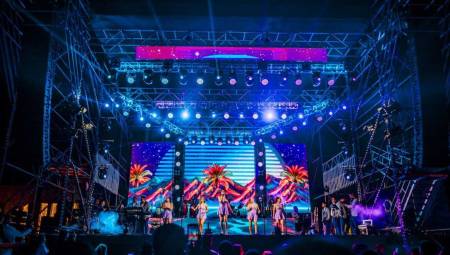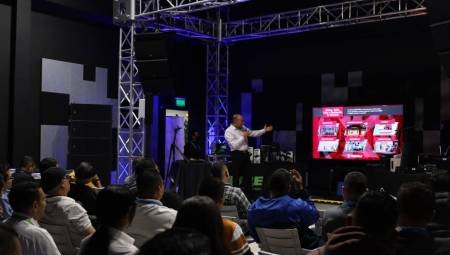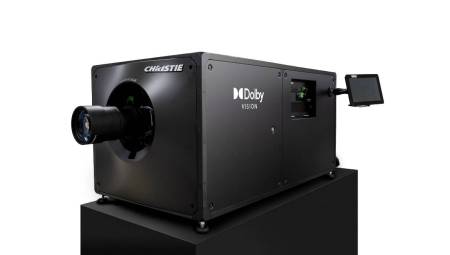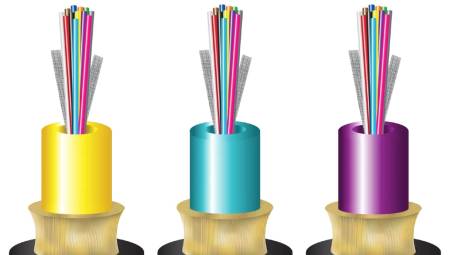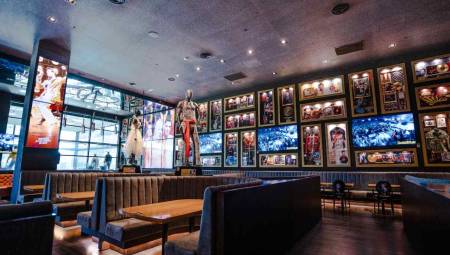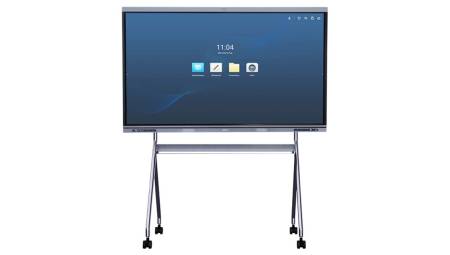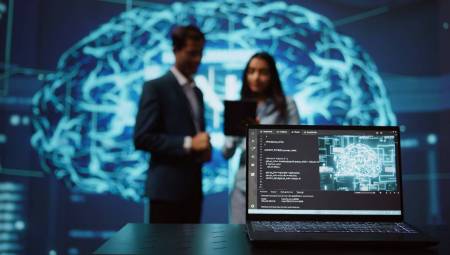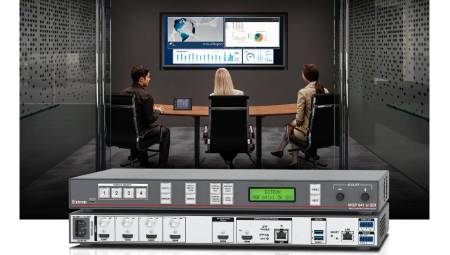 Brazil. To think about the content of the video wall, it is first interesting to observe what facilities are used in a variety of businesses: from transportation to entertainment, from internal communication to marketing.
Brazil. To think about the content of the video wall, it is first interesting to observe what facilities are used in a variety of businesses: from transportation to entertainment, from internal communication to marketing.
This technology is very useful in very large places where information needs to reach large crowds, such as stadiums and airports, for example. Think of the big billboards in Times Square, New York. There are clear examples of video wall.
1. Create a high-quality content strategy.
The content, not just the overall look, is really the main thing in video wall projects.
Therefore, it is important to produce content with strategy, methodically (from the point of view of communication methodologies) and with high quality.
2. Invest in high-end equipment.
However, better content is not enough if the computer used does not technically support messaging. Thinking about good texts, producing the best images, creating the most amazing effects, and in the projection "H hour" simply does not work, it is useless.
3. Structure images and text of the right size
Nothing makes a video wall look unprofessional like too small fonts and images. Both should be large enough to be easily seen and understood.
Remember: even if the content looks shocking on your computer screen, it may not work on the big screen. The best thing you can do is test before you show.
4. Avoid certain effects
On large video walls, certain graphic effects lead to distorted images, confusing text, and a failed message. For most video wall projects, you should avoid shadows or bright text effects that will appear distorted on the full-size screen.
Also, avoid certain color combinations, which can make text extremely difficult to read. Working contrasts: black on yellow, black on white, yellow on black, white on blue, for example, usually works.
5. Make the most of technology
Most of the time, the purpose of a video wall installation is to create a single unified display, not the appearance of multiple displays together.
For a perfect look, be sure to consider the features (and limitations) of your hardware and software.
Then, design your content to work well within the dimensions of the video wall, using all available space and making the most of technological resources. Consider factors such as pixel resolution, which can have a big impact on the quality of the content being displayed.
6. Think about the complexity or simplicity of the messages.
Naturally, the simpler your text, the better it will look on a video wall installation. No consumer wants to read 600 words of text in a 200-point font.
However, sometimes a more complex message is required. In some cases, a simple, direct ad is best. For other projects, the content may need to be deepened. This is where understanding your audience will come in handy to help you orient yourself towards exactly the right message.
As you've seen, video wall installations are the best when it comes to impact.




